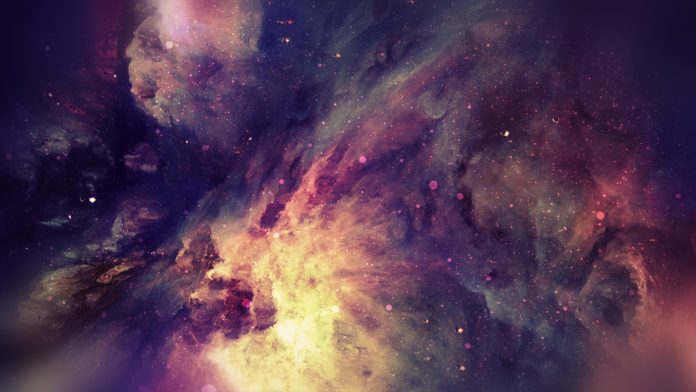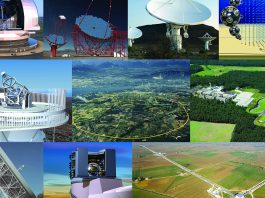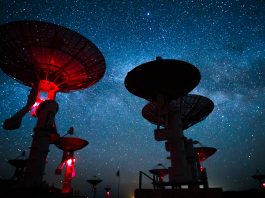Astronomers have been able to disprove certain models within string theory, due to their inability to find axion particles using NASA’s Chandra X-ray Observatory.
While conducting research at NASA’s Chandra X-ray Observatory, astronomers were able to hunt for a specific particle that, according to string theory, should exist. However, researchers were unable to detect this particle. Although this does not rule out string theory, this research does disprove certain models within the family of ideas.
“Until recently I had no idea just how much X-ray astronomers bring to the table when it comes to string theory, but we could play a major role…If these particles are eventually detected it would change physics forever,” said Professor Christopher Reynolds of Cambridge’s Institute of Astronomy, who led the study.
The theory of the axion particle
The particle in question, the axion particle, is believed to have extraordinarily low mass. Although scientists do not know the precise mass of the particle, many predictions range from around a millionth of the mass of an electron, to zero mass.
Believed to be the mystery behind dark matter, one unusual theoretical property of the axion particle is that it may convert into a photon as it passes through magnetic fields. However, an alternative theory suggests that photon particles may convert into axion particle under certain conditions.
The search for proof
“While it may sound like a long shot to look for tiny particles like axions in gigantic structures like galaxy clusters, they are actually great places to look.
“Galaxy clusters contain magnetic fields over giant distances, and they also often contain bright X-ray sources. Together these properties enhance the chances that conversion of axion-like particles would be detectable,” said co-author David Marsh of Stockholm University in Sweden.
In order to look for signs of conversion by axion-like particles, the research team examined X-rays from material falling towards a supermassive black hole in the centre of the Perseus galaxy cluster. The bright X-ray source gave a spectrum with enough sensitivity to have shown distortions that scientists expected if axion-like particles were present.
From this study, researchers were able to rule out the presence of most types of axion-like particles in the mass range their observations were sensitive to, below about a millionth of a billionth of an electron’s mass.
“Our research doesn’t completely rule out the existence of these particles, but it definitely doesn’t help their case…These constraints dig into the range of properties suggested by string theory and may help string theorists weed their theories,” ,” said co-author Helen Russell of the University of Nottingham.









